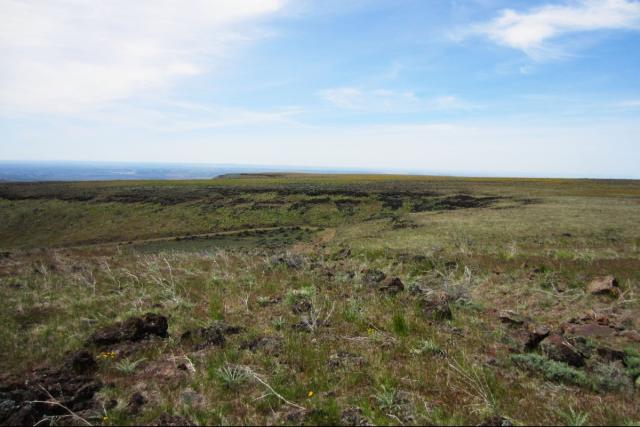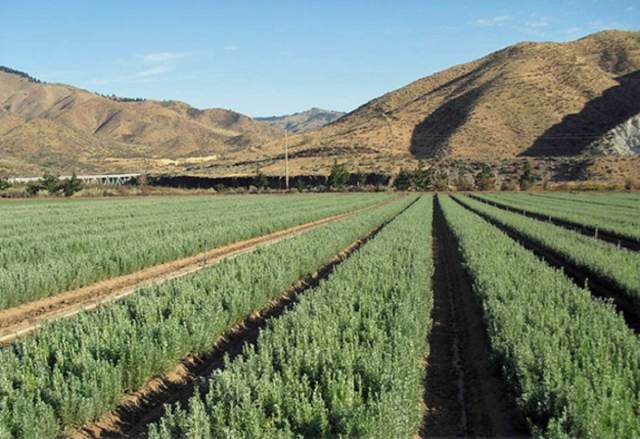
Program History
The BLM Plant Conservation and Restoration Program was created in response to large-scale wildfires in the Western U.S. between 1999 and 2000. Because of the lack of commercially available native seed for post-fire rehabilitation, Congress directed BLM to establish a native plant materials development program. The reasons for establishing the program remain valid today: There are far too few native seed sources on the commercial market, and natural recovery on public lands cannot keep pace with the increasing frequency of wildfires and other climate-driven events.
In 2015, BLM and other Plant Conservation Alliance (PCA) Members and Cooperators developed a National Seed Strategy for Rehabilitation and Restoration to increase the native seed supply commercially for restoration, thus ensuring ecosystem resilience and the health and prosperity of future generations, including rural, agricultural, and tribal communities. The National Seed Strategy provides a comprehensive approach to bring together and coordinate Federal Agencies and the private commercial seed industry efforts. To ensure the success of the National Seed Strategy, BLM and others also developed a Business Plan to identify the cost of implementation.
Over the first five years of the National Seed Strategy, at least 380 state, federal, tribal, and non-governmental partners have made progress toward the Strategy’s goals. Seeds of Success (SOS), a national native seed collection program led by the BLM in partnership with the USDA Forest Service, U.S. Fish and Wildlife Service, USDA Agricultural Research Service, and many non-federal partners, made nearly 9,000 native seed collections, bringing the current total number of SOS collections to more than 27,000. Researchers across the country published hundreds of scientific reports and articles on native seed research and development. The National Academies of Sciences, Engineering, and Medicine launched a national Assessment of Native Seed Needs and Capacities. Thousands of native seed crops were developed by local and regional efforts in more than 32 ecoregions. In the Great Basin alone, more than 17 million sagebrush seedlings were grown for restoration projects. All in all, more than 10 million acres were impacted in some way by projects implementing the National Seed Strategy. Read more about the National Seed Strategy's accomplishments in this progress report fact sheet.



